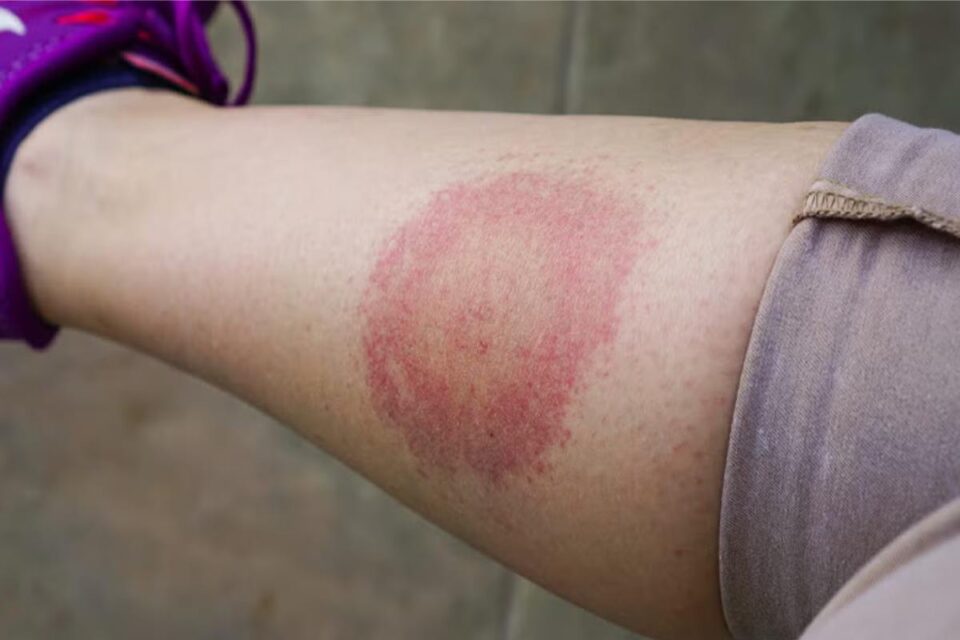You might believe that Lyme disease is temporary, yet it can become a giant part of your life for a long time after the initial tick bite and might even leave you debilitated for the rest of your life. If Lyme disease is a part of your life, here are some of the top tips that you should follow in 2025 and beyond.
Table of Contents
1. Get Medical Attention Quickly
If you believe that you have been bitten by a tick, and you are starting to show the symptoms of Lyme disease, you must speak to a doctor as soon as possible. The sooner you are able to get seen, the better your prognosis will be. When you are booking an appointment, you should give all of the relevant information, including your symptoms, that you have been bitten by a tick, or that you were in a tick-infested area. You might also show a picture of the rash, including pictures of when you first got bitten. This will help your doctor to give you the correct diagnosis.
2. Follow Treatment Guidelines
Next, you should follow the treatment guidelines that you have been prescribed. For instance, most people will have to take antibiotics for at least two weeks. If that is the case, you need to ensure that you take them for this entire period and that you do not stop early. If you do this, you might find that your symptoms return or that you are at higher risk of becoming resistant to antibiotics in the future.
3. Look for Alternative Treatments
In many cases, Lyme disease does not stop in its acute period. You may have chronic symptoms and flare-ups for years into the future, and you might have side effects such as fatigue. If this is the case, and you want to try and treat this, you should look around for alternative treatments that can help you to manage your pain. These include ketamine therapy San Diego. This ketamine therapy will help you to adjust your neurological pathways to experience less pain. However, you should always look around for a trustworthy clinic before doing anything else.
4. Accommodate Your Condition
Although the after-effects of your condition can be difficult to deal with, especially if you cannot live the way that you used to, it is vital that you accommodate your condition. This can include pacing yourself, listening to your body, and deciding carefully what activities you are up for. You might also perform less strenuous exercises and consider getting more sleep.
5. Follow a New Diet
Your diet will be important in the aftermath of Lyme disease. Anti-inflammatory foods can allow you to get back up on your feet and reduce your pain. These can include fish, berries, nuts, seeds, and leafy green vegetables. You can incorporate these as part of a generally balanced diet.
6. Seek Out Therapy
Having Lyme disease can be a traumatic experience for previously healthy people. To stop this from playing over and over in your mind, you should search out the different therapy options that are available to you, including one-to-one therapy. In this, you can discuss your emotions in a safe environment and learn to cope with and overcome them.

